|
No fewer than four silver candelabras, holding great waxen torches, served to illuminate this apartment. Yet let not modern beauty envy the magnificence of a Saxon princess. The walls of the apartment were so ill finished and so full of crevices, that the rich hangings shook in the night blast, and, in despite of a sort of screen intended to protect them from the wind, the flame of the torches streamed sideways into the air, like the unfurled pennon of a chieftain. Magnificence there was, with some rude attempt at taste; but of comfort there was little, and, being unknown, it was unmissed. -- Sir Walter Scott, Ivanhoe It's one of my favorite passages from Ivanhoe, the singular passage I remember when the story comes to mind. I was gifted the book around the age of 12; in other words, many, many years ago. To be sure, there are many more memorable selections throughout the tale. Practically any scene with Rebecca is more so. But then, as now, it reminded me that beauty (as well as "magnificence" and "comfort") is in the eye of the beholder. Sir Walter Scott (1771 - 1832) wasn't medieval, but I like to think he was something of a medievalist. Ivanhoe is a spectacular medieval romance. Many of his poems, such as Marmion and Lord of the Isles, were set in medieval Scotland. And then there's that little issue of The Honours of Scotland. That is to say, Scotland's crown jewels, which certainly hail from medieval times. They are the oldest crown jewels in the British Isles. According to my Edinburgh Castle Souvenir Guide (absolutely worth it if you go) the Crown, Scepter, and Sword were created in Scotland and Italy during the reigns of James IV and James V. They were first used together for the coronation of Mary Queen of Scots in 1543. During Oliver Cromwell's time, the Honours were moved around, even buried for protection. Once the coast was clear, after the Treaty of Union in 1707, they were locked away in the Crown Room and pretty much forgotten. There they remained until Sir Walter Scott, historian that he was, sought and was granted royal approval to break into the Crown Room at Edinburgh Castle to rescue them. He wasn't alone, of course. He had a whole host of commissioners with him for the historic event. But it was his idea. The extreme solemnity of opening sealed doors of oak and iron, finally breaking open a chest which had been shut since 7th March 1707, about a hundred and eleven years, gave a sort of interest to our researches, which I can hardly express to you, and it would be very difficult to describe the intense eagerness with which we watched the rising of the lid of the chest. -- Sir Walter Scott in a letter to John Wilson Croker, February 7, 1818. Not long after, The Honours of Scotland went on display in the Crown Room of Edinburgh Castle, where they've been ever since. Granted, one or all of the articles have been escorted to various important, royal functions. Most recently, this past September, 2022, the Crown of Scotland was placed on the coffin of Elizabeth II, may she rest in peace, remaining there throughout the service. BBC still/ Fair Use I never could assign any probable or feasible reason for withdrawing these memorials of ancient independence; and my doubts rather arose from the conviction that many absurd things are done in public as well as in private life, merely out of a hasty impression of passion or resentment. For it was evident the removal of the Regalia might have greatly irritated people's minds here, and offered a fair pretext of breaking the Union, which for thirty years was the predominant wish of the Scottish nation. letter to John Wilson Croker, February 7, 1818. Medieval romance, medieval treasures, love of history and country... I think it quite reasonable to celebrate Sir Walter Scott. Medieval Monday is as good a time as any. What do you think? For more fun, be sure to visit medieval ladies Mary Morgan and Barbara Bettis.
Happy Medieval Monday!
6 Comments
Burns Night
January 25, 2023 A Red, Red Rose by Robert Burns O my luve's like a red, red rose, That's newly sprung in June; O my luve's like the melodie That's sweetly played in tune. As fair art thou, my bonnie lass, So deep in luve am I; And I will luve thee still, my dear, Till a' the seas gang dry. Till a' the seas gang dry, my dear, And the rocks melt wi' the sun: O I will love thee still, my dear, While the sands o' life shall run. And fare thee weel, my only luve, And fare thee weel awhile! And I will come again, my luve, Though it were ten thousand mile. Charlotte Harkness thinks there is a quiet grace and dignity among the dead. Well, as long as they’re not feeling chatty. I'm thrilled to welcome Author Mary Culler today, LAUNCH DAY for her new book, The Undertaker's Daughter. The book looks absolutely fabulous! We have all the information plus an excerpt. But I thought it might be fun to learn more about Mary first. Here's our interview. Literary You 1) Hi, Mary! What sort of books did you enjoy reading as a child? Did you have a favorite book or series? I loved The Mrs. Piggle-Wiggle Books, Nancy Drew, Agatha Christie, and Baby-Sitters Club. 2) What sort of books do you enjoy reading nowadays? Mysteries and fantasy with romantic subplots. 3) Around what age did you realize that you liked to write? And when did you know that you wanted to write books? I realized it very early on, when I was in second or third grade and I realized that if I didn’t like reality I could rewrite it. Awww, bravo! 4) What’s the first thing you wrote that you remember being proud of? I wrote a whole short story (I thought it was a novel) that was a historical fiction romance when I was in 6th grade, but my mother didn’t like it, so I stopped showing anyone my writing for a long time. 5) Tell us about the creative force within you. What inspires you to write, to create? I like taking pain and turning it into something positive. I find that both amazing and inspiring. 6) What’s your writing space like? Space? What’s that? I have a corner of a table and my husband has made me a portable office because he’s the BEST. 7) Do you have a favorite time of day to write? Any habits or little rituals that put you in a writing mindset? I love writing any time, anywhere. One thing that helps me crank it up is sprinting with other writers and working toward a certain word count per sprint, like 500 words in 15 minutes. 8) Congratulations on your new release! How did you come up with the idea for your book? Please tell us all about it. My Undertaker’s Daughter Series was originally a trilogy, but it’s being released as one big, fat novel. The strange thought that started it all was that someone is a serial killer’s first victim—what if the people around the crime were fast and drastic enough to stop him before he killed again? I created the character of strong-willed Charlotte Harkness, an undertaker’s daughter who hates Victorian gender constraints. When a beautiful young woman turns up at her father’s funeral parlor, she joins forces with someone else who takes her fears seriously—the victim’s brother, Dr. James Everly. James is far above her station. In Victorian times, they wouldn’t have mingled, so to solve the crime, they form a fake courtship. As clues pile up, Charlotte and James’ feelings turn real and so does the danger. 9) I realize you’ve just published a new book and I know what that takes. Still, I can’t help but ask – do you have another story waiting on the backburner? About twenty! But, a handful at a time! What are you working on now? I’m working on The Earl’s Christmas Contest to offer to The Wild Rose Press. Excellent! 10) Is there anything else you’d like to share with us? I hope you have fun reading and I’d love to see you at my online book hideaway, Book Dragons! Mary, thank you for sharing your time, talent, and RELEASE DAY with us! Wishing you continued joy and success. Now let's learn a bit more about The Undertaker's Daughter. What if Jack the Ripper was stopped before he ever got started? Charlotte Harkness has (quite cheerfully) accepted that she’ll never find love. An undertaker’s daughter who reads embalming manuals and hears the dearly departed? It’s enough to make any Victorian patriarch despair. When Lavinia Everly’s corpse arrives at Harkness and Sons, Charlotte is tormented by the girl’s final memories, her death at the hands of the mysterious “Jack.” Charlotte knows she must find the killer before madness consumes her. Dr. James Everly shuns society’s rules to find out who killed his little sister. When he joins forces with the undertaker’s daughter, he never expected his new ally to be so quick-witted and beautiful. James and Charlotte agree to pose as a courting couple to continue their investigations. Falling in love wasn’t part of the plan. As danger mounts, Charlotte and James race to stop “Jack” before he can strike again. Will they succeed, or become the next victims on his list? Excerpt from The Undertaker's Daughter “Do you know what it feels like when no one believes you?” “I do now. Intimately,” James chuckled bitterly. “Some people,” she paused, knowing she had to tread carefully, “think that simply because they haven’t seen a thing, it can’t be so.” “Exactly, but you have seen it!” He seized upon this point eagerly. Not so much a matter of seeing, but of hearing, she thought woefully. “I’d like to tell you something. You must promise to hear me out. I’d like you to believe me, as I believe you.” Puzzled, he nodded. “I can help you. I may have the lead that you need, something even the police don’t know.” “What? You do? How?” James leaned forward and grasped her hand, so grateful that he forgot all sense of propriety. “The man who did this to your sister? His name is Jack, and Lavinia knew him well, well enough to have seen him before that night, anyway.” “But… but this is incredible. My Lord, the name of the murderer! Oh, Miss Harkness, I cannot thank you enough. Tell me, how did you find this out?” “I heard it, Dr. Everly. From beyond the grave. Lavinia’s spirit allowed me to hear her final moments.”  About the Author Bestselling author M. Culler can’t stick to just one genre. She writes fantasy, mystery, and all flavors of romance. M.Culler lives in historic Chester County, Pennsylvania, where potentially haunted battlegrounds and 18th century buildings serve as neverending inspiration. M.Culler lives for her two brilliant children (mini-bookworms), her gorgeous husband, her endlessly entertaining students, and her wonderful community. If she’s not hunched over a laptop, you’ll find her baking up a storm in the kitchen, playing board games, or watching Brit Coms. Soli Deo Gloria. Lachlann walked through the night. Vaguely, in his pain, images flashed before him that he didn’t understand, but he’d ceased being afraid of them. His breath was coming in shallow puffs. His head hurt so much that he couldn’t think clearly. And he was thirsty, so thirsty. He lost count of how many times he threw up, fainted, slept. But he was in too much pain to be still. He’d either find help or die trying. He didn’t care which. Stars were just fading as he reached the kirk. It looked different, but it had to be the kirk at St. Michael’s mount in Inbhir Nis. He was going to pass out again. Focusing on the kirk, he dragged himself through the graveyard. He’d never make it to the building. Fighting darkness, he made it to a gravestone before collapsing. At least they wouldn’t have to carry his body far to bury him. He hadn’t found Rònan to tell him he was alive, to thank him for going after him. He hadn’t been able to save Allasan and their son. He should have been there to help them, at least to be with them when they died. “I’m sorry. . .” he whispered as darkness swallowed him. Happy Medieval Monday!
You won't find that scene in Tremors Through Time. During editing, I had to make some ruthless decisions -- as writers so often have to do. It was simply taking too long for Lachlann to meet Deidre. But I like the scene, so naturally, I stashed it away for possible future use. I chose the Old High St. Stephen’s Church of Inverness to be the location of Lachlann’s modern-day collapse because it’s the oldest church in Inverness. It is believed that as early as 565 A.D., St. Columba converted a Pictish king on St. Michael’s mount, where the church now stands. In the centuries that followed, many wooden churches were erected and burned down. Even once a stone structure was in place, some parts eventually fell into ruin. We're talking centuries, after all. The oldest part of the current structure is the tower base, which dates back to the fourteenth century. The earliest document that mentions the church is a charter granted by William the Lion between 1164 and 1171. The Black Friars founded a monastery just north of the church in 1233. It continued until the Reformation (1525-1560), then fell into disuse. The Church went from ruins to repairs several times throughout the centuries. In 1746, after the Battle of Culloden, Jacobite soldiers were executed on the church grounds. When we were there last fall (2022), of course I had to visit it. I found the site to possess a haunting dignity and the location is stunning -- right on the River Ness. Sadly, while the historic building still stands and visitors are allowed on the grounds, services are no longer held there. The building is up for sale. Up for sale? For more medieval fun, be sure to visit Lady Mary Morgan. Our other medieval lady, Barbara Bettis, is having a time with her website right now. We hope she'll be back soon! May your week be a happy one with bright skies and smiles aplenty! Crescenza Calendar, c. 1475 Happy Medieval Monday! January means repairs and preparation. Did you know? Jumping down another medieval rabbit hole in my current examination of medieval calendars, I happened upon this lovely little artpiece. It's from a manuscript printed in the mid to late 1400s and that manuscript was a reprint of an agricultural manual written by Pietro de' Crescenzi between 1304 and 1309. Of course, gardener and student of the medieval period that I am, I had to learn more about this manual and the man who wrote it. Pietro de' Crescenzi was born in Bologna around 1235. He became a lawyer and judge, practicing from around 1269 to 1299. In his later years -- he died in 1320 -- his time was spent between Bologna and his country estate. During his retirement, surely inspired by his rural retreat, he compiled a work he called Ruralia commoda, also known as Liber ruralium commodorum -- Book of Rural Benefits. Frontispiece of the De agricultura in the vernacular edition of Matteo Capcasa, printed in Venice in 1495. -- Wikipedia Dedicated to King Charles II of Naples, it became the gardening manual of kings! In 1373, King Charles V of France requested that it be translated into French. It became extremely popular during the High Medieval era into the early Renaissance. Translated into many languages, it eventually became the first agricultural book in print. Henry VIII had a copy in his library. It is said that he consulted it for the design of the gardens at Whitehall (1540s). Henry VIII's copy of Ruralia Commoda, Royal Collection Trust The work is divided into twelve sections, but surprisingly (at least, I was surprised), the sections don't represent months. Each section focuses on a certain task or tasks, the last chapter being a calendar of the agricultural year. It's evidently a very interesting read, with both sage advice and wild explanations. Crescenzi studied and sorted information, some dating back to ancient times.
I can't seem to find an English version or if there even is an English version. You might disagree, but I think a copy, possibly even a modern one, would be a lovely addition to a gardening or medieval library. Daydreams... For more Medieval Monday, be sure to stop by Mary's Tavern, author Mary Morgan's beautiful blog. Wishing you a wonderful week ahead! I'm delighted to welcome author Rachel Brimble. Let's learn more about her latest book Victoria and Violet, the first book in her new Royal Maids series, and get to know her a bit better. Hi, Rachel! 1) What sort of books did you enjoy reading as a child? Did you have a favorite book or series? My absolute favourite author as a child was Enid Blyton and it was her Secret Seven series that inspired me to write. As I grew into my pre-teens and early teens, I devoured anything by Judy Blume and as many of the Sweet Dreams romances as I could find! 2) What sort of books do you enjoy reading nowadays? I read so many different genres – almost everything except for Sci-fi and horror. My favourite genres are romance, romantic suspense, crime and biographies…especially of past British royalty. 3) Around what age did you realize that you liked to write? And when did you know that you wanted to write books? See question 1, haha! I was around eight or nine when I started writing short stories and binding them with ribbon. Unfortunately, I didn’t keep any of them – I would love to have read them now! I wrote on and off, but never wrote seriously toward publication until my youngest daughter started school full-time. My first novel was published in 2007 and I’ve had a least one novel published per year ever since. 4) What’s the first thing you wrote that you remember being proud of? It was when I won my first short story competition – it was online and I came first. After that, it was my first book contract and then when I secured a multiple-book deal with Harlequin – that was a big day in my career! 5) You have an amazing website. Please tell us about what drives you and about the creative force within you. What inspires you to write, to create? Writing is a huge part of who I am and has been for many years – it is no longer a case of me choosing to write, rather that I am compelled to do it. I genuinely need to work, or I become agitated and grumpy. Ask my family! I can usually manage about 3 days without writing before my mood changes…which is why my laptop always comes on holiday with me! 6) What’s your writing space like? I am lucky enough to have my own home office these days – I started off on the kitchen table, but about five years ago I commandeered our spare bedroom for my office space. It is my haven and I love it. I have corkboards in front of me which are filled with visuals from my works in progress, a beautiful big white desk and three floor to ceiling bookshelves overflowing with research books and novels. My window looks down onto our back garden. Your office sounds dreamy! 7) Do you have a favorite time of day to write? Any habits or little rituals that put you in a writing mindset? I suppose my favourite time of the day to actually write is late morning onwards – I am always at my desk by 8.30am but the first two hours are taken up with emails/creating social media content/completing interviews or writing blogs. I then walk our Labrador, Tyler. Once I’m back at my desk, the rest of the day is for writing. I try to finish my work day around 5.30pm. 8) Congratulations on Victoria and Violet. Won’t you tell us about a little about the book and also the series? Victoria & Violet is the first book in my new Royal Maids series – it is set in the court of a young Queen Victoria and revolves around her relationship with her housemaid, Violet. As they get to know one another, they become confidantes and allies against their overbearing mothers. However, the main event of the novel is the burgeoning romance between Violet and handsome courtier, James Greene… I plan for each book in the series to be set in the court of the succeeding monarch – so book 2 will be Edward VII’s court, book 3 George V’s and so on with a royal maid to the reigning queen consort being the focus of the romance. It all sounds absolutely wonderful! 9) I comprehend that you only recently published your latest book. Still, I can’t help but ask – do you have another story waiting in the wings? Indeed I do! In fact, I have just submitted book 2 in the Royal Maids series to my editor so watch this space! In addition to that, I am working on a new contemporary romance series idea and starting the research for the next Royal Maids book. 10) Is there anything else you’d like to share with us? Yes! I would love to tell you and your readers about my First Chapter Critique service – this is my way of helping new and aspiring writers in the careers as so many published writers helped me. If any of your visitors would love to write a romance or women’s fiction novel, I’d love to help! Here’s the link for all the details: https://rachelbrimble.com/first-chapter-critique-service/ Rachel, thank you again for sharing your time and talent. Wishing you all the best! It should be a dream come true to serve the Queen of England… When Violet Parker is told she will be Queen Victoria’s personal housemaid, she cannot believe her good fortune. She finally has the chance to escape her overbearing mother, a servant to the Duchess of Kent. Violet hopes to explore who she is and what the world has to offer without her mother’s schemes overshadowing her every thought and action. Then she meets James Greene, assistant to the queen’s chief political adviser, Lord Melbourne. From entirely different backgrounds and social class, Violet and James should have neither need nor desire to speak to one another, yet through their service, their paths cross and their lives merge—as do their feelings. Only Victoria’s court is not always the place for romance, but rather secrets, scandals, and conspiracies…  About the Author Rachel lives in a small town near Bath, England. She is the author of 29 novels including the Ladies of Carson Street trilogy, the Shop Girl series (Aria Fiction) and the Templeton Cove Stories (Harlequin). Her latest novel, Victoria & Violet is the first book in her new Royal Maids series with the Wild Rose Press and released 17th October 2022. Rachel is a member of the Romantic Novelists Association as well as the Historical Novel Society and has thousands of social media followers all over the world. To sign up for her newsletter (a guaranteed giveaway every month!), click here: https://bit.ly/3zyH7dt Oh, the gorgeousness! The sumptuousness! Happy Medieval Monday 2023! I love calendars. In our modern times, we have a vast and wonderful variety to choose from. But medieval calendars, illuminated medieval calendars? Mini-masterpieces. Plenty of them, like the Duc de Berry's Très Riches Heures, were prayerbooks, but not all. A great many did include saints' days and church feasts. Like our calendars now, many reflected the season or time of year, the "labours" of each month. While doing a bit of research for this particular post, I was surprised to note the zodiac was often included right along with the saints. In Queen Isabella's breviary (first one below), the little naked guy top left is Aquarius. Just in case you don't "hover", left to right are Isabella's Breviary, Joanna of Castile's Book of Hours, Jame's IV of Scotland's Book of Hours, and a foldable, Norwegian calendar that even notes what days are good and bad. Knowing that it was all done by hand thrills me every time. Precise work, delicate work, surely tedious at times, all done for the glory of faith, art, or - let's face it - sometimes simply for the commission.
One thing I know for sure. It would be hard to find a newly hand-drawn, illuminated calendar nowadays. Here's to you, Medieval Calendariographers! Yes, I did have to look that up! :) For more Medieval Monday, be sure to visit authors Mary Morgan and Barbara Bettis. Wishing you a wonderful 2023! |
Romance!It's no secret that I prefer fat HEAs. Where better than in a beautiful romance? Archives
June 2024
Categories
All
NewsletterFrom me to you with a smile. Thank you!You have successfully joined our subscriber list. |
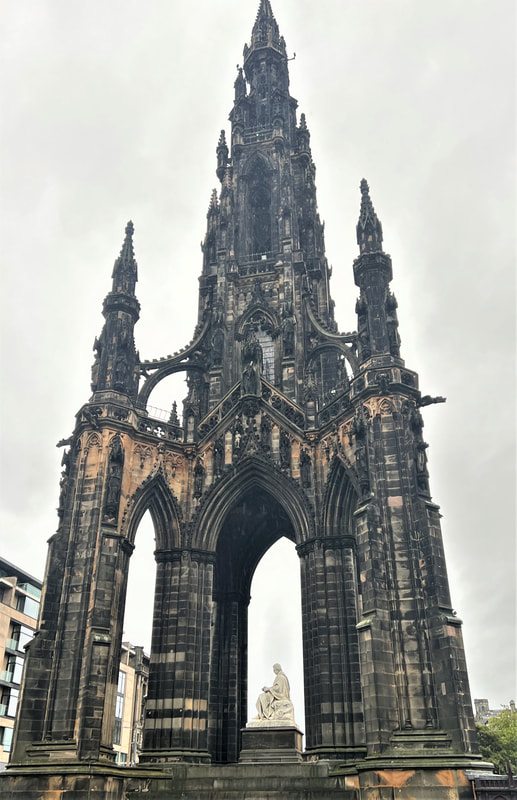
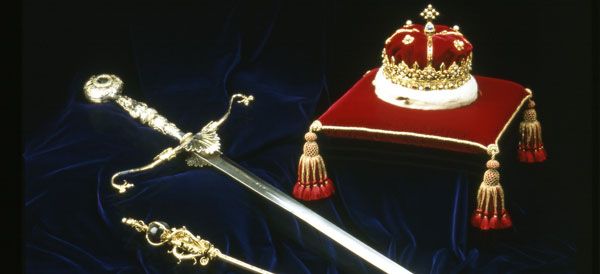
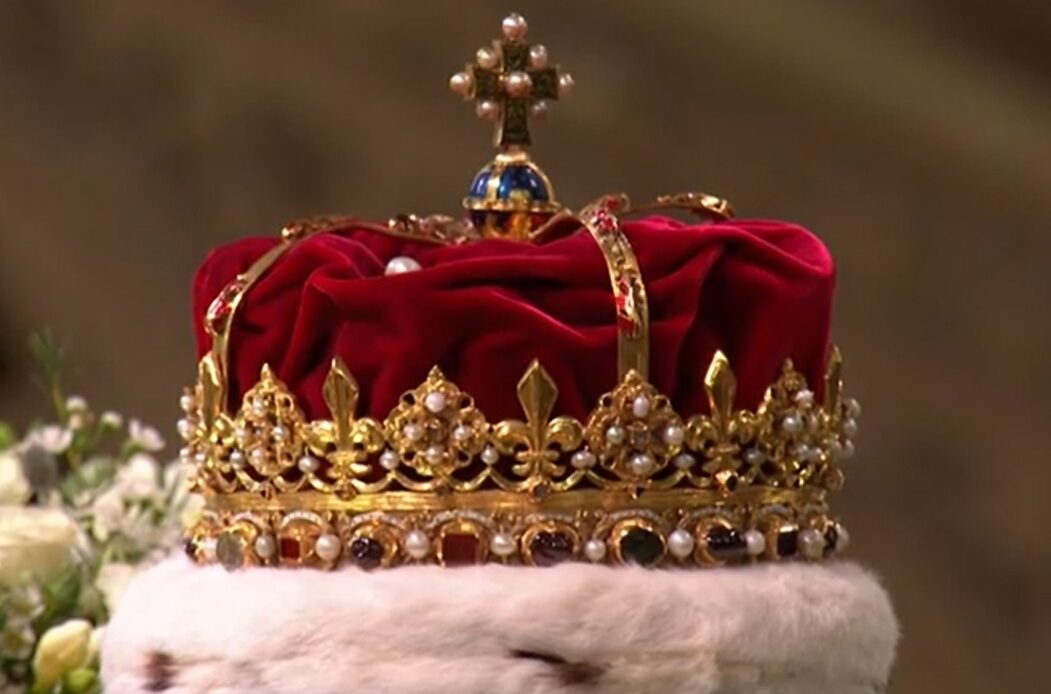
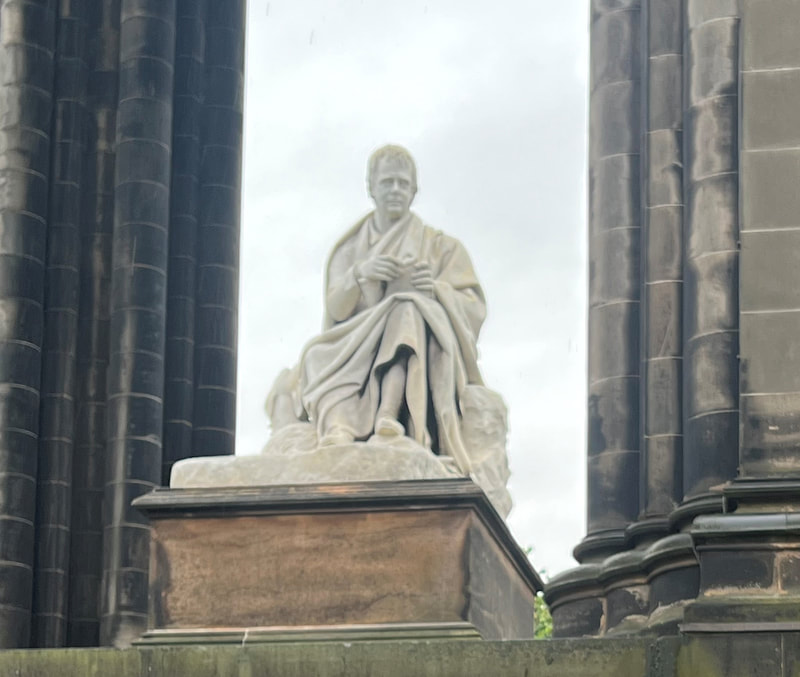
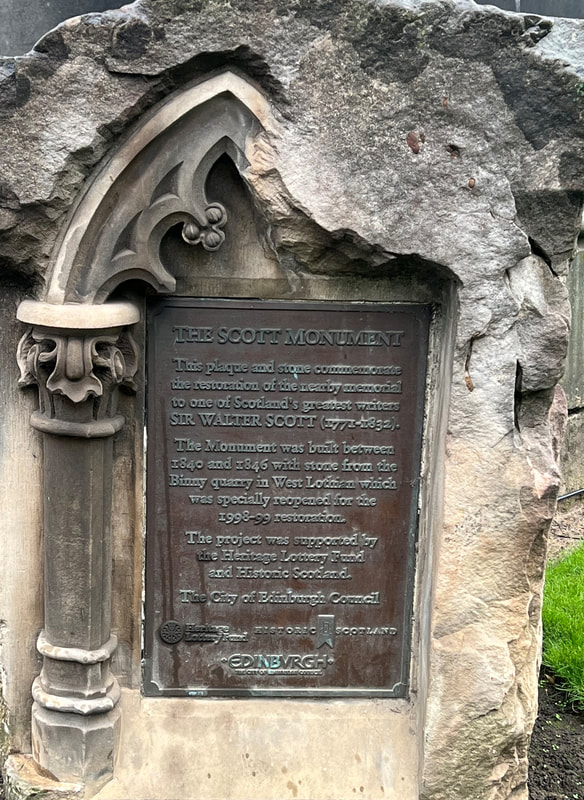
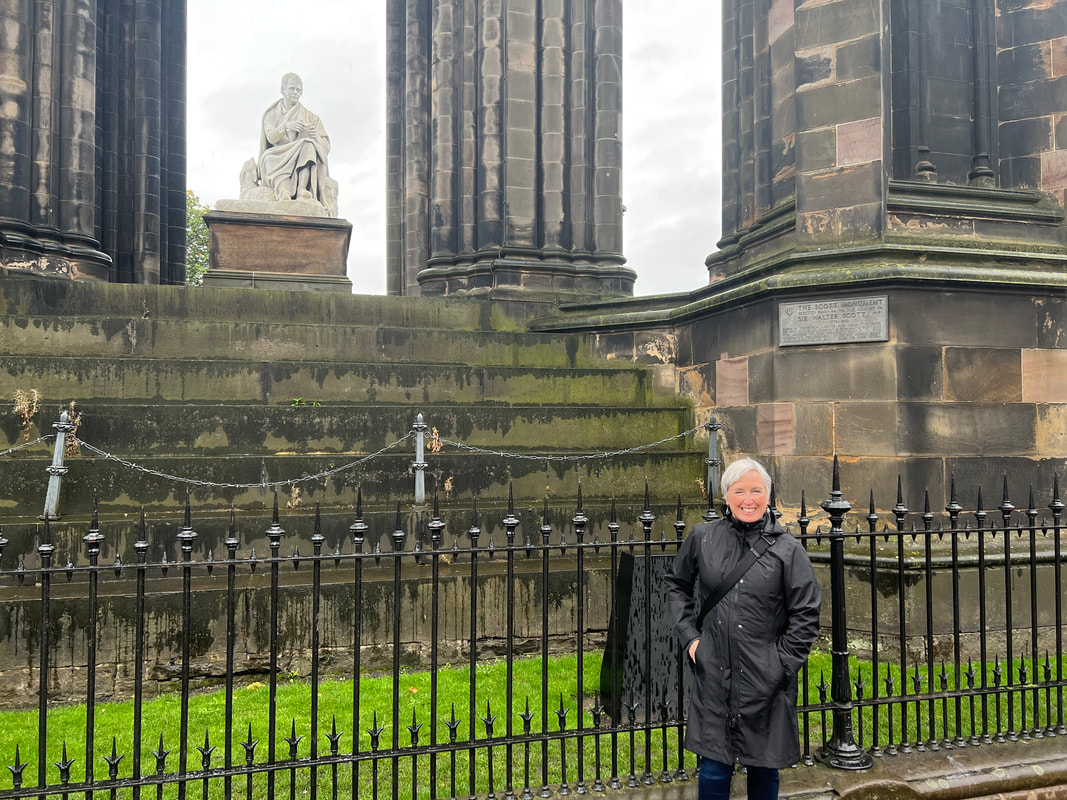

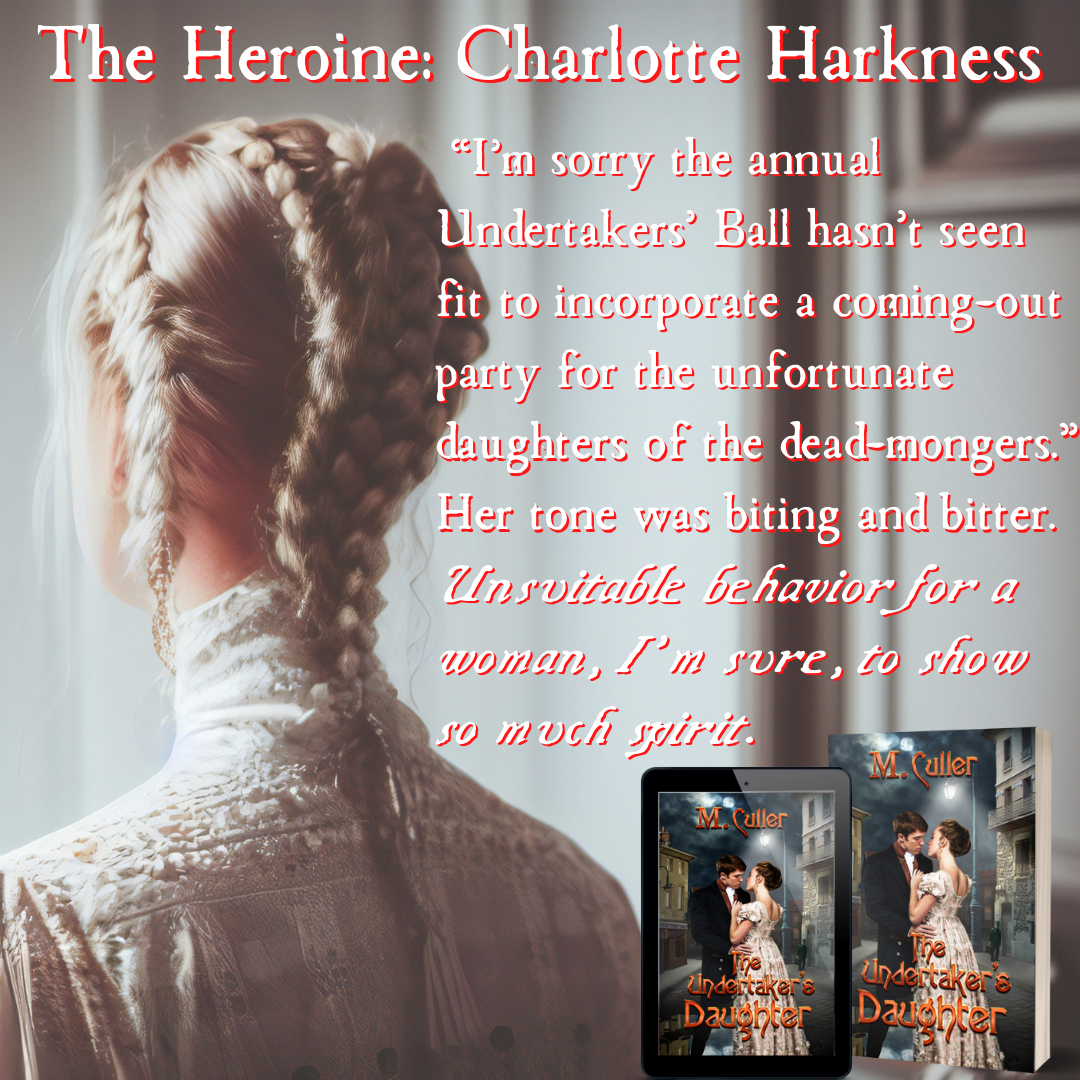
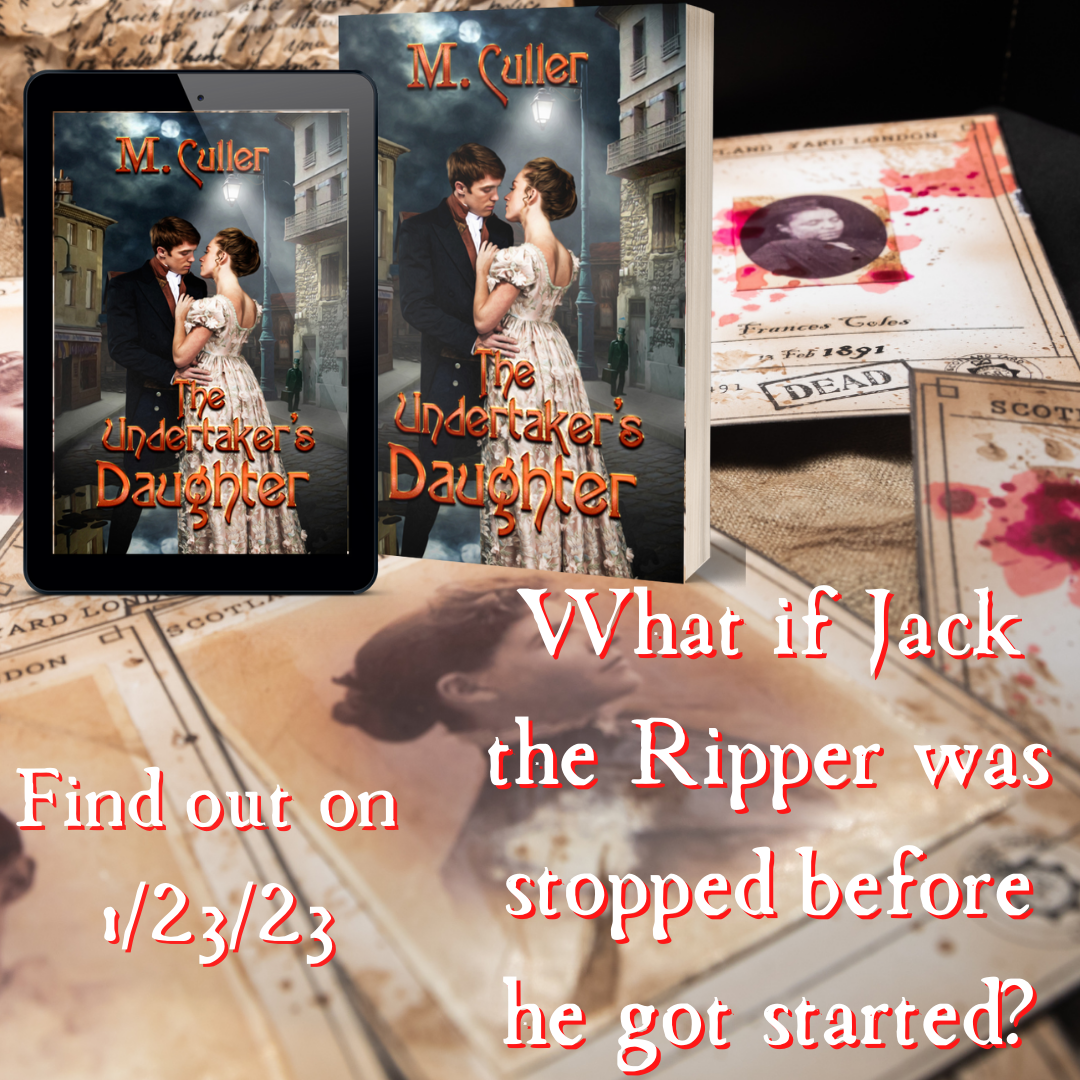
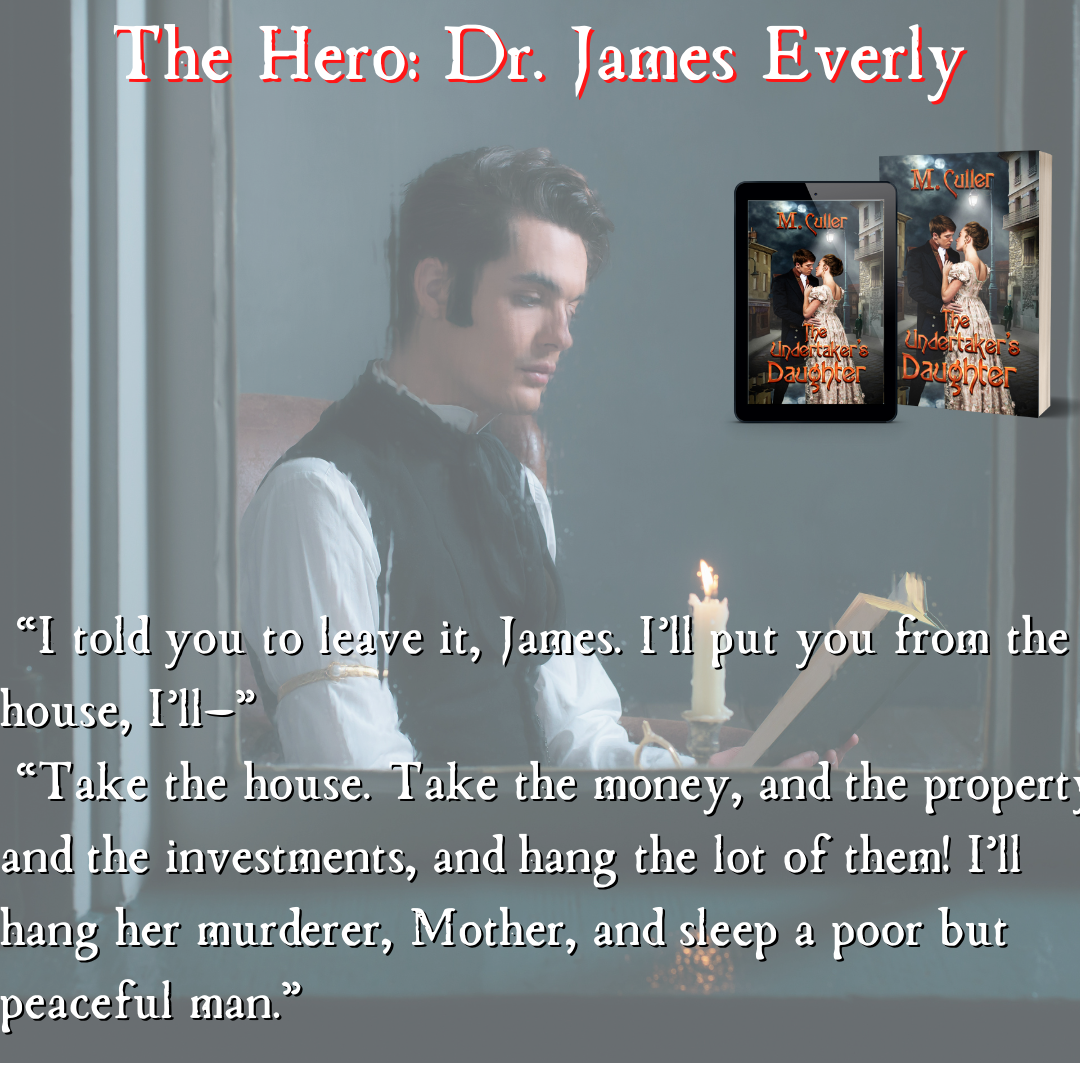
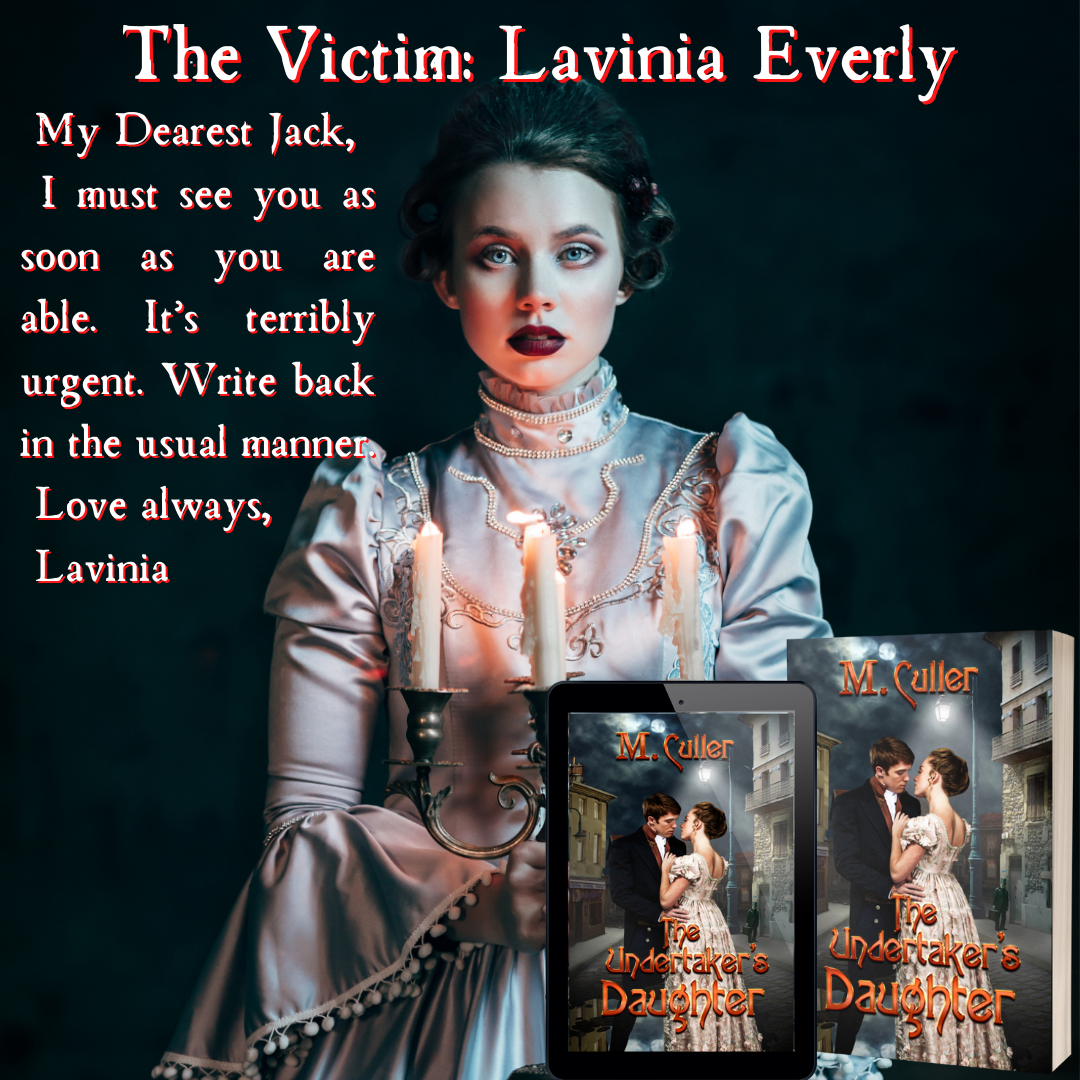
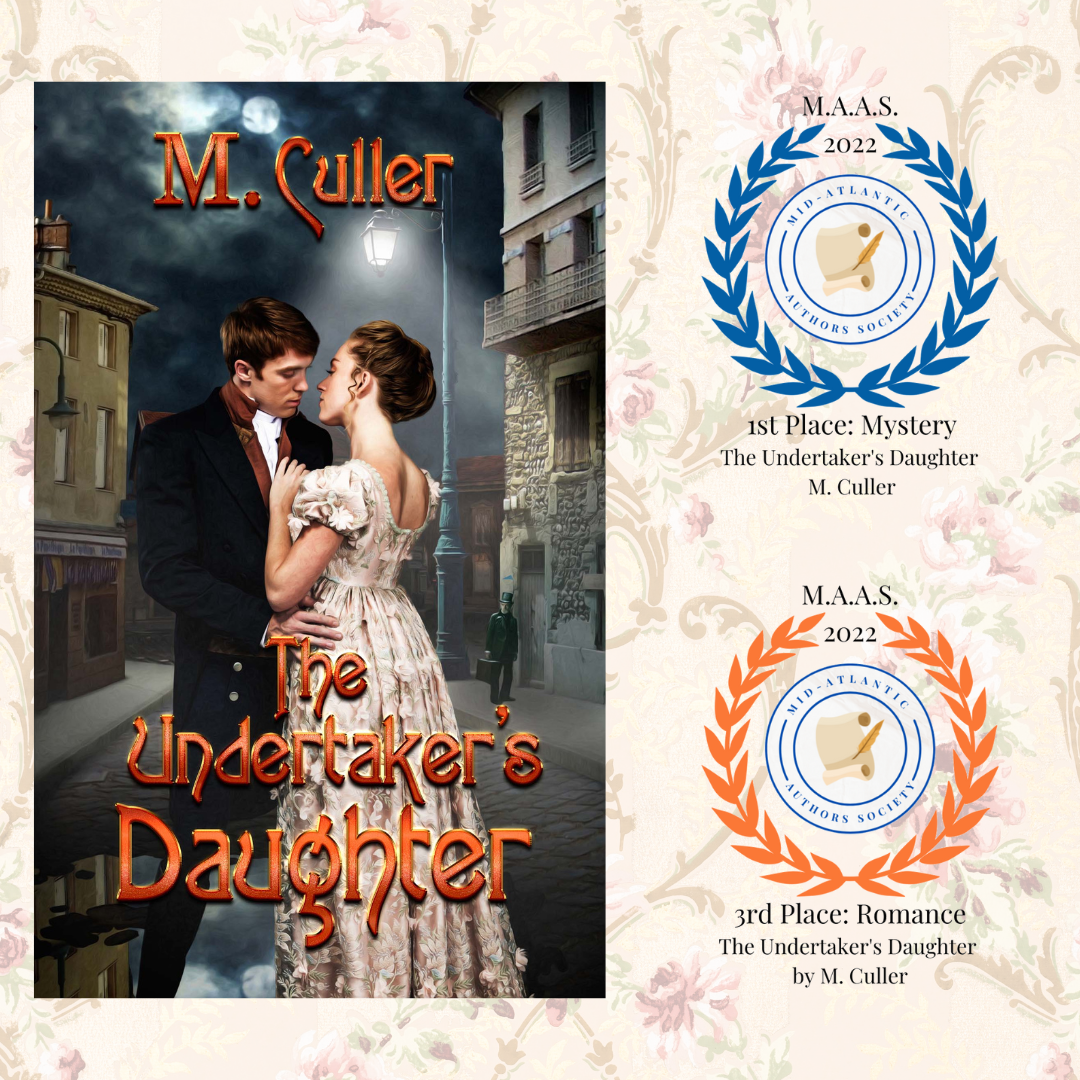
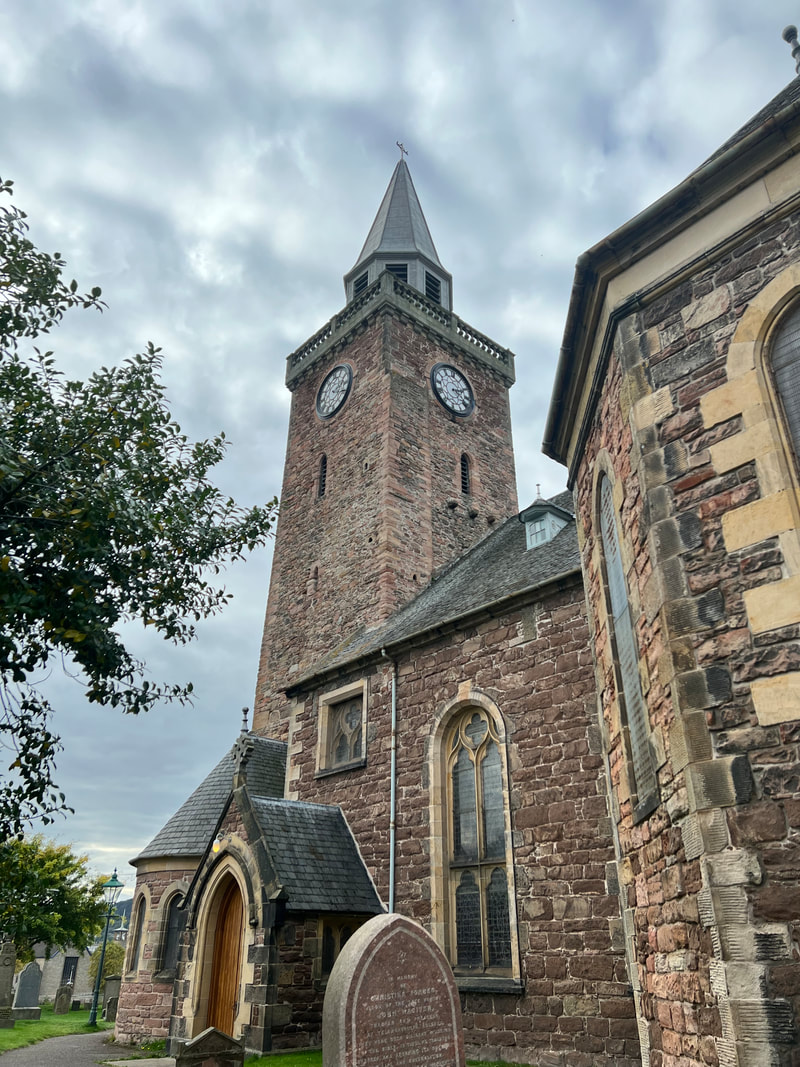
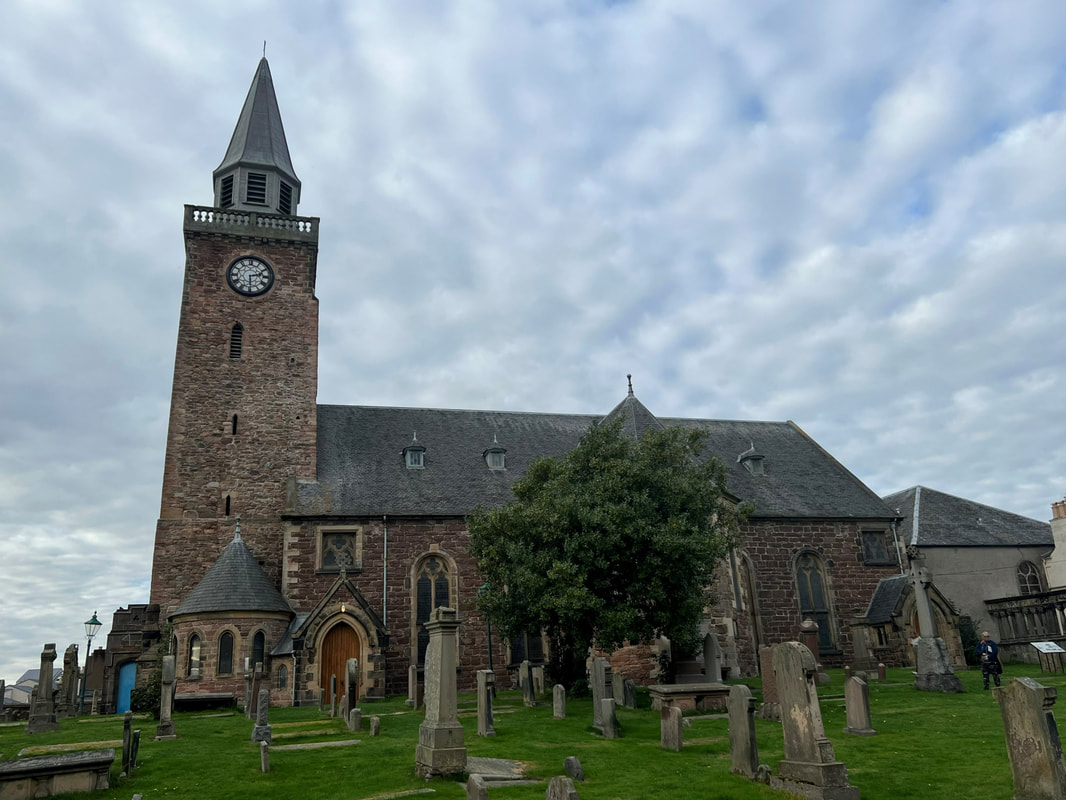
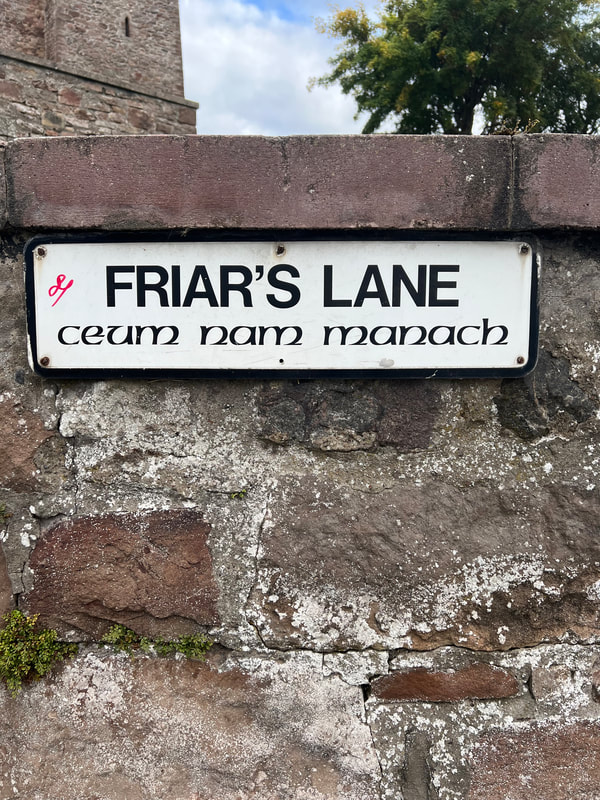
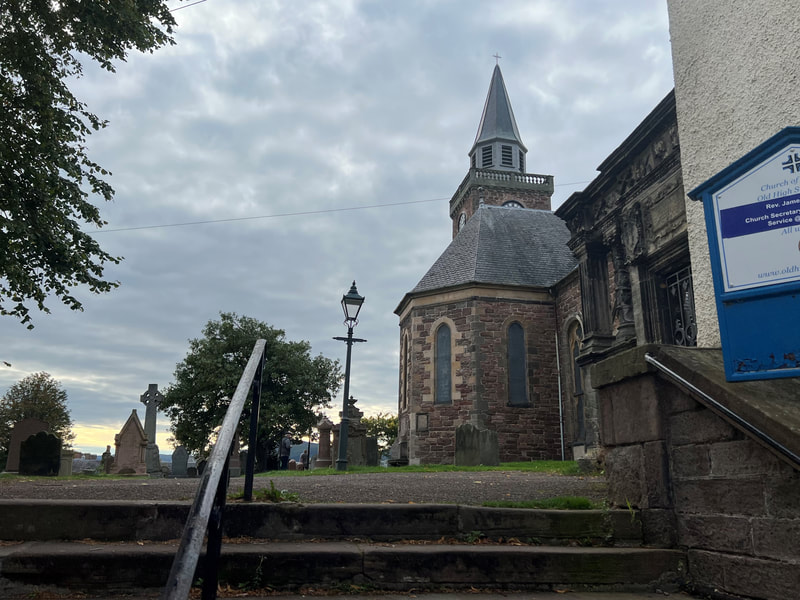
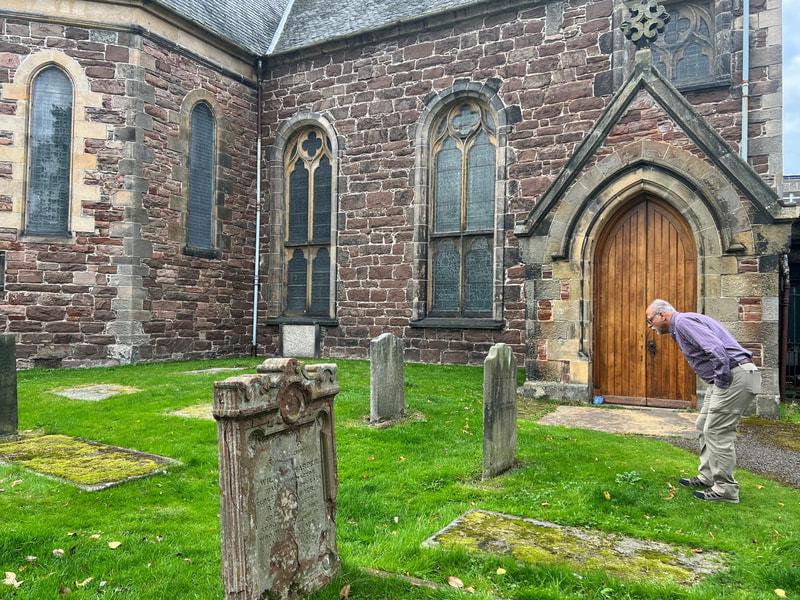
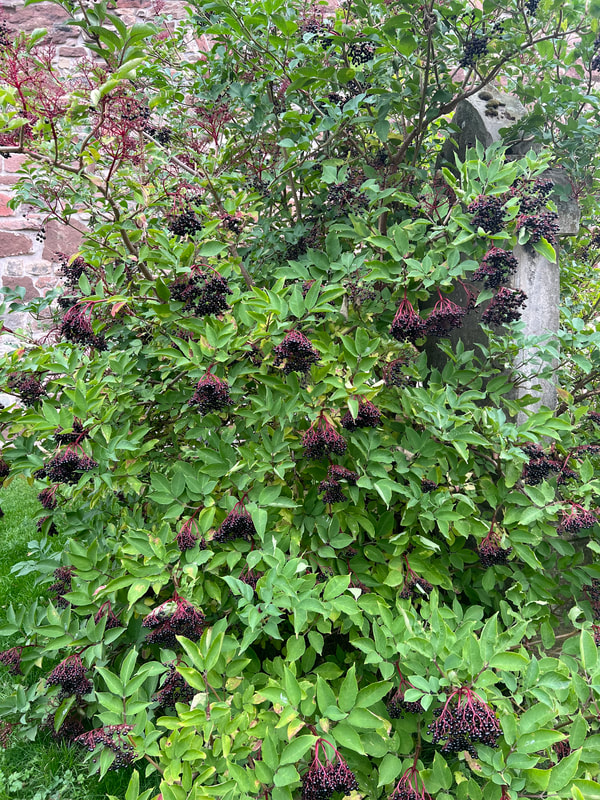
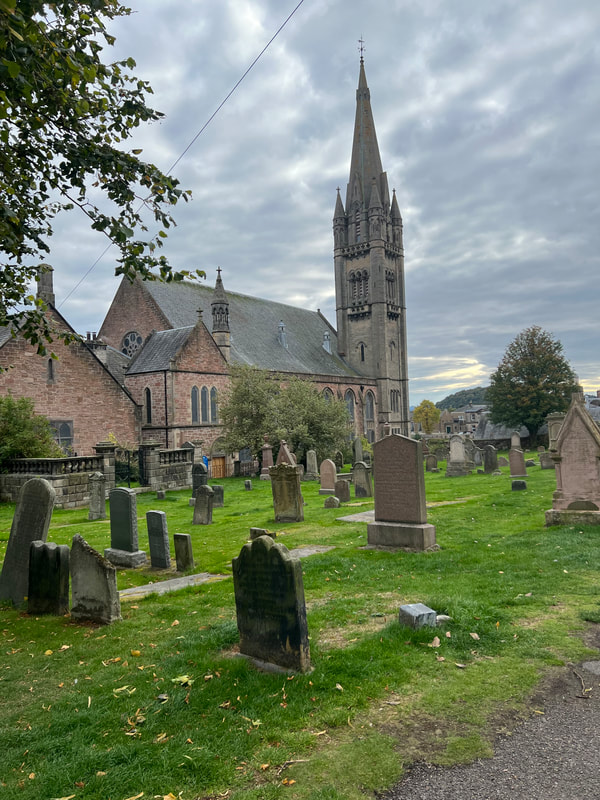
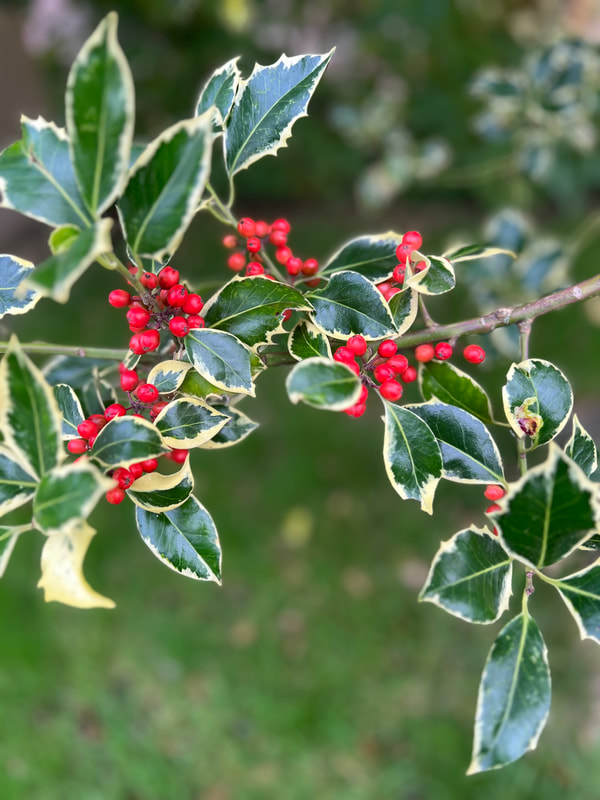


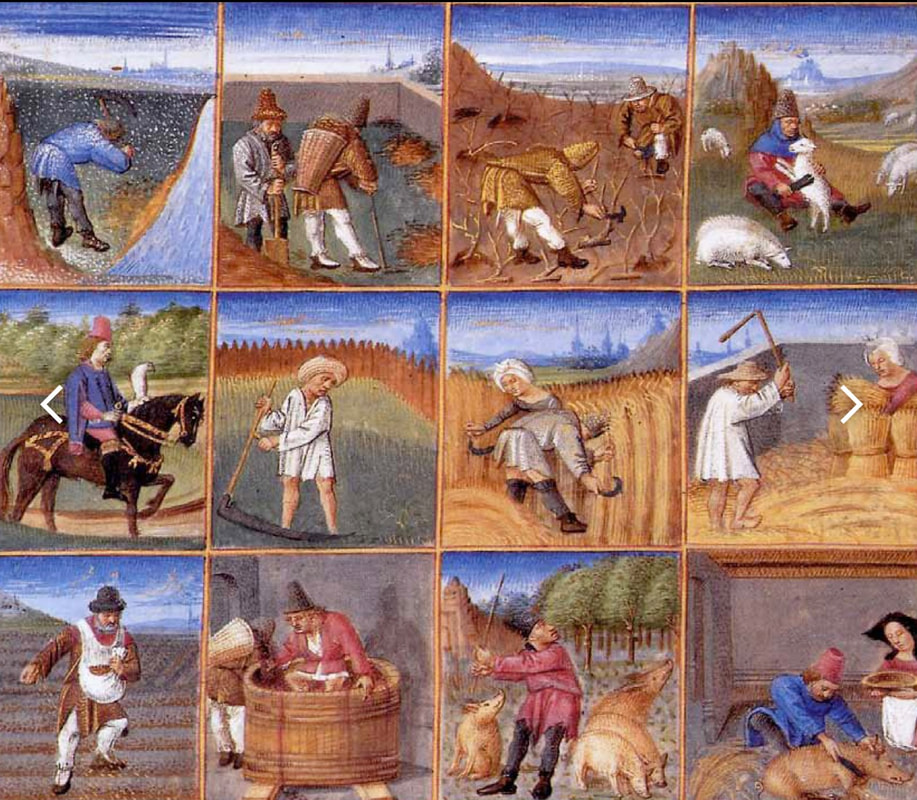
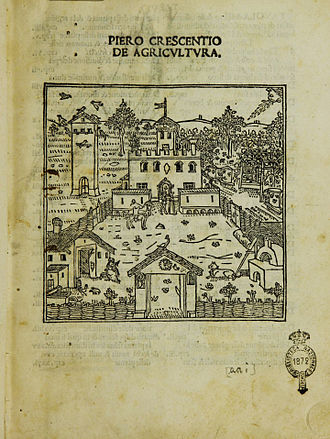
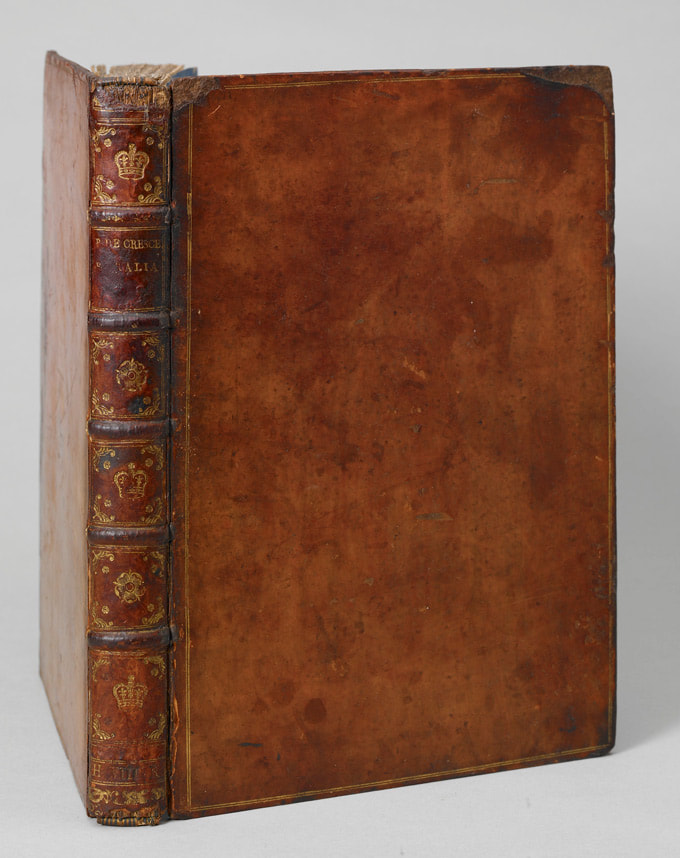
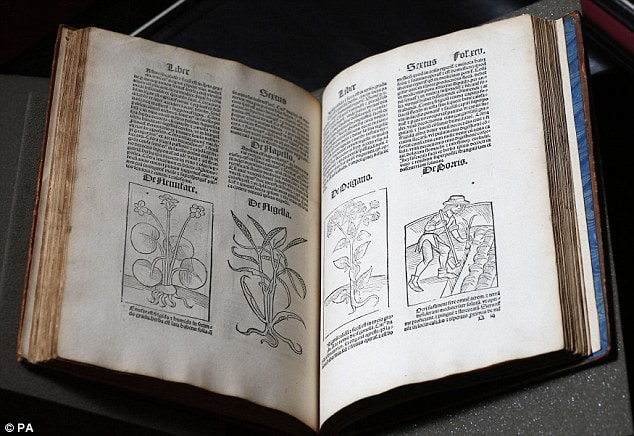

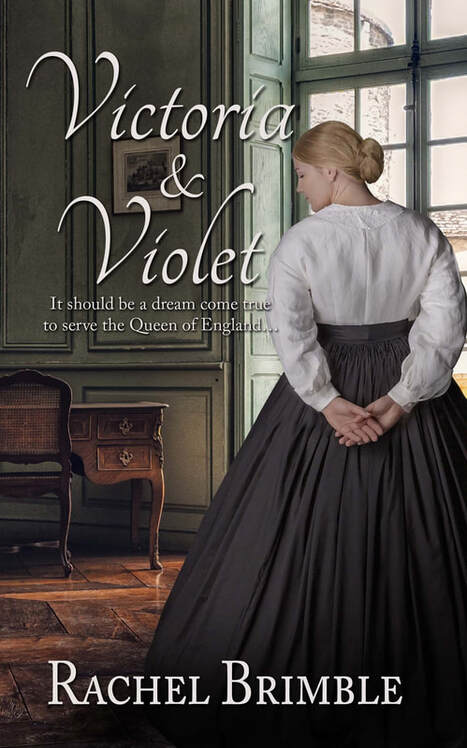
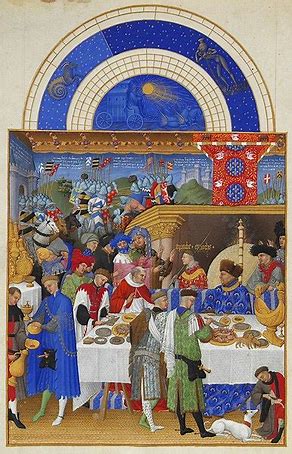
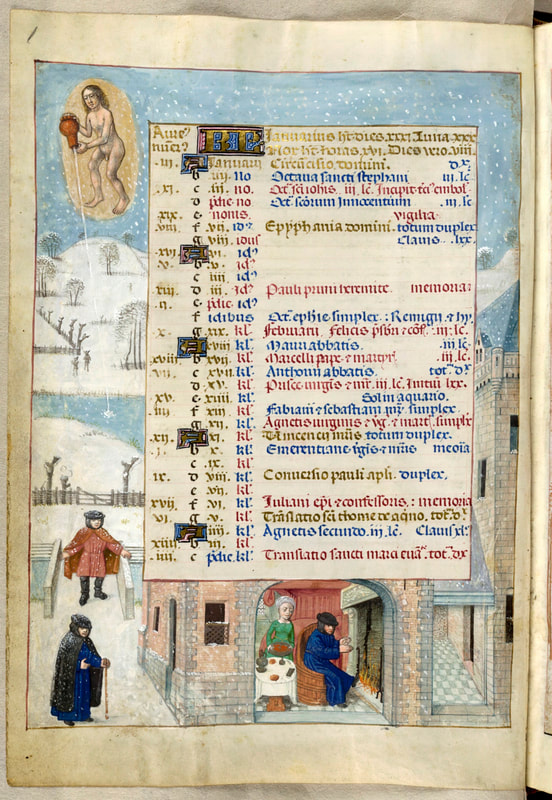
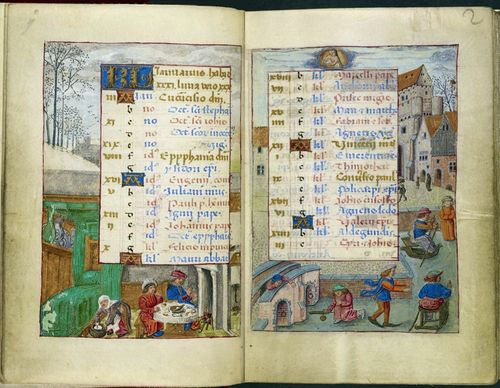
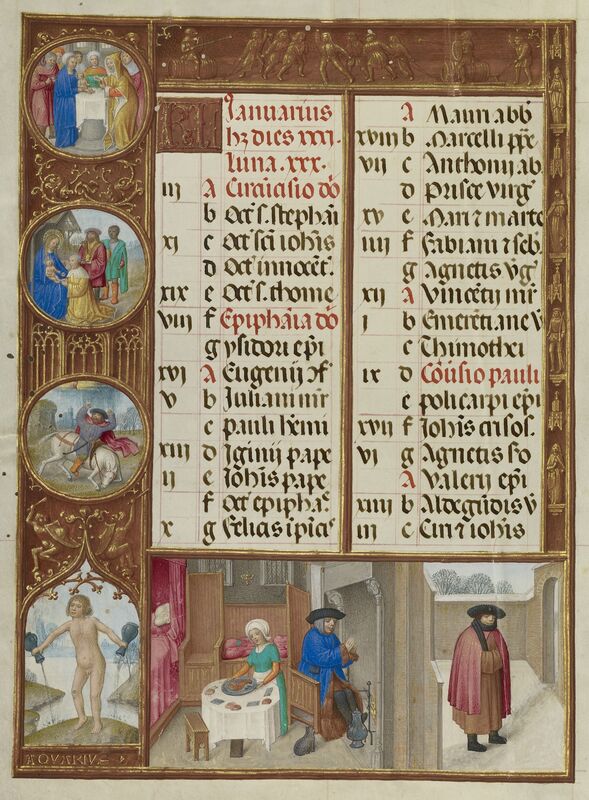
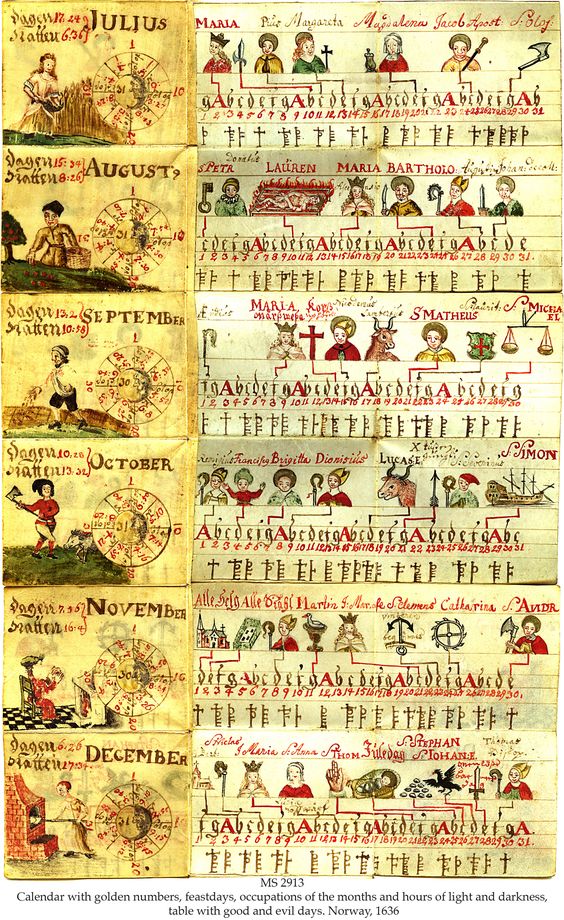
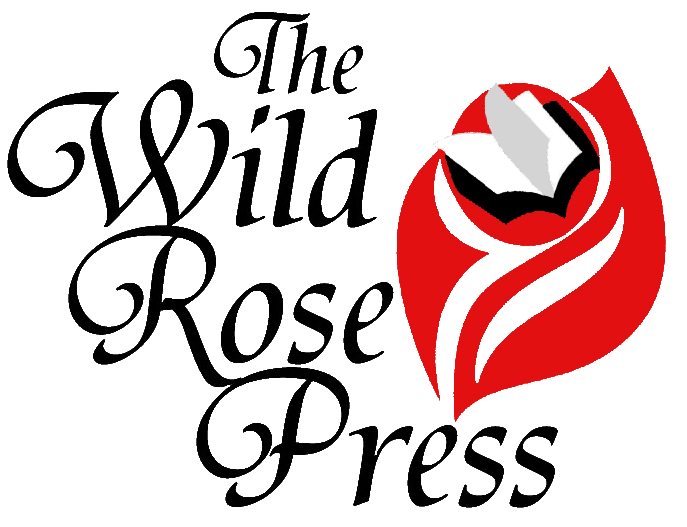
 RSS Feed
RSS Feed